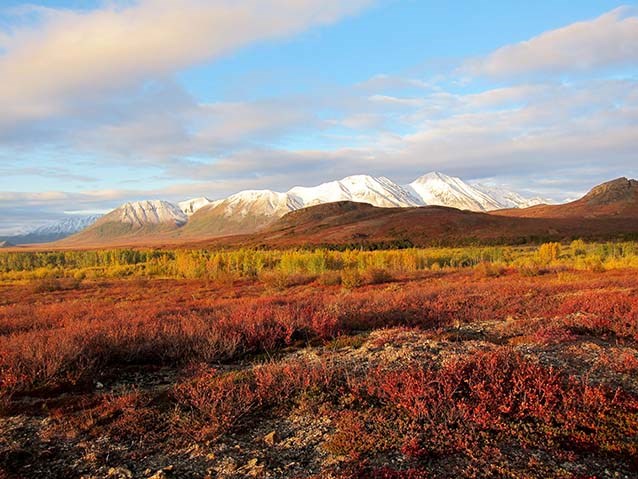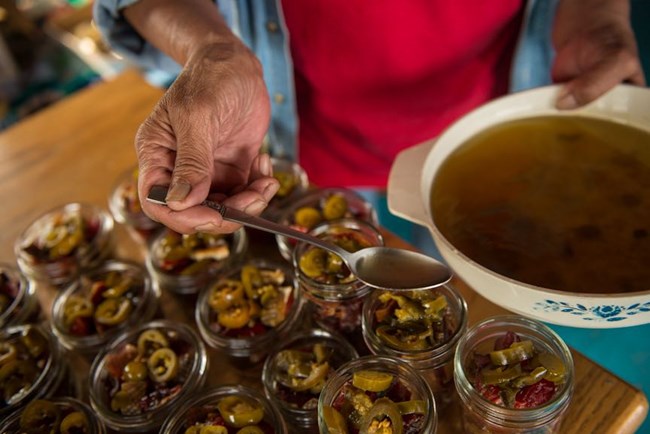
Which parks and preserves have Title VIII subsistence use authorizations?
Can you sport fish in national parks and preserves?
Yes. Fishing is permitted in all park and preserve areas in accordance with applicable State and Federal laws and regulations.
Can you sport hunt in a national park?
No. Sport hunting is not an activity authorized by ANILCA in Alaska national parks and monuments.
Can you sport hunt and trap in a national preserve?
Yes. Hunting and trapping are allowed in national preserves in accordance with applicable Federal and non-conflicting State laws and regulations.
How can I find out which communities are resident zone communities?
Resident zone communities are listed in the National Park Service regulations.
Do national preserves have resident zone communities?
No. Resident zone designations define who is allowed to hunt and trap in park and monument areas for subsistence. Since national preserves are open to hunting and trapping under State regulations, they are available to a wider range of users from non-local areas inside and outside Alaska.
Is same-day airborne hunting permitted?
A subsistence user may not harvest or assist someone else to harvest a moose, bear, wolverine or other furbearer until after 3:00 a.m. on the day after the day in which the flying occurred. While State of Alaska regulations may allow same-day airborne hunting in some areas that overlap federal public lands, it is strictly prohibited in the Park or Preserve.
What is a national park?
A national park is an area of unusual scenic or historic interest owned by the federal government and administered by the National Park Service, U.S. Department of the Interior, to conserve the scenery, the flora and fauna, and any natural and historical objects within its boundaries for public enjoyment in perpetuity. It has more than one type of national significance.
What is a national preserve?
A national preserve is similar to a national park, but allows other human activities to occur, such as sport hunting.

NPS photo
What is the Alaska National Interest Lands Conservation Act (ANILCA)?
The Alaska National Interest Lands Conservation Act (ANILCA) was an American law passed in 1980 by U.S. Congress and signed by President Jimmy Carter on December 2, 1980.
Last updated: April 13, 2017
